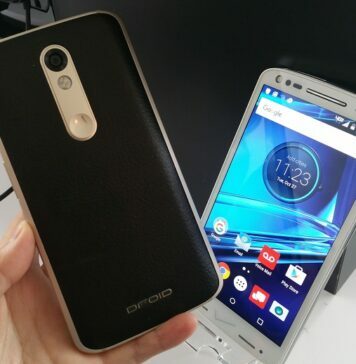Windows 8 is liked and appreciated by the masses because of its unique and useful features like the new modern user interface. The new modern user interface is an app based interface which brought into light a whole new genre of apps that brought about a completely new look to how you’d operate on windows OS. It was believed that apps are meant to be used on a touch interface only (as that of smartphones and tablets), but windows 8 has brought a revolution and some of the apps are very useful. One of the most useful apps is the native Mail client that comes bundled with Windows 8 which helps establishing the outlook account and synchronizing the mails in Windows 8 in an easy way.
It is often believed that the mail app in the Windows8 in just synchronizes the Hotmail/windows live mail/ Outlook, but it is true that apart from this function, the mail app also can manage accounts from other common providers like Google, Yahoo!, AOL etc., as well as having the ability to synchronize any IMAP enabled client. Let us now have a look at the steps that can be followed in establishing Windows 8 mail or the Outlook in Windows 8.
#1. In the interface (tile view), search Mail. Click on Settings and then click on Mail. After this click on Show Profiles.
#2. Then enter the profile name and click OK. You will see a General Tab. On this General Tab, Click on Add and then enter the profile name. Click OK.
#3 .Click on Manual setup or additional server types and then click on Next.
#4. Now you have to click on Microsoft Exchange Server or compatible service and then click on Next.
#5. Enter the Manual configuration alias you can find in your Control Panel, under the Information for Users section in the Server field.
#6. Check the box Use Cached Exchange Mode and pull the Mail to keep the offline slider bar to All. Click on More Settings.
#7. Select the Connection tab and then check the box Connect to Microsoft Exchange using HTTP. Click on Exchange Proxy Settings.
#8. Use this URL to connect to my proxy server for Exchange field, enter the webmail value, which you can find in your Control Panel in the User Information section.
#9. You have to keep in mind that both On fast networks, connect using HTTP first, then connect using TCP/IP and On slow networks, connect using HTTP first, then connect using TCP/IP which are pre-selected and that the Proxy authentication settings are in Basic Authentication. Then, click on OK. Click on Apply and then hit OK.
#10. Make sure your email address is in the User Name field and then click on Check Name. Enter your password in the Password field and then click on OK.
#11. When Outlook stops loading, both the server name and the user should be changed. Click on Next and then click on Finish. Close the Mail screen and open Outlook. When you are asked for your password, enter in the Password field.
#12. A message box will appear in the lower right of your screen stating that Microsoft Outlook is setting up a local copy of your mailbox. It may be several minutes until all of your data is available. Once you see All folders are up to date and Connected to Microsoft Exchange, you can begin using your newly configured Exchange profile.




























